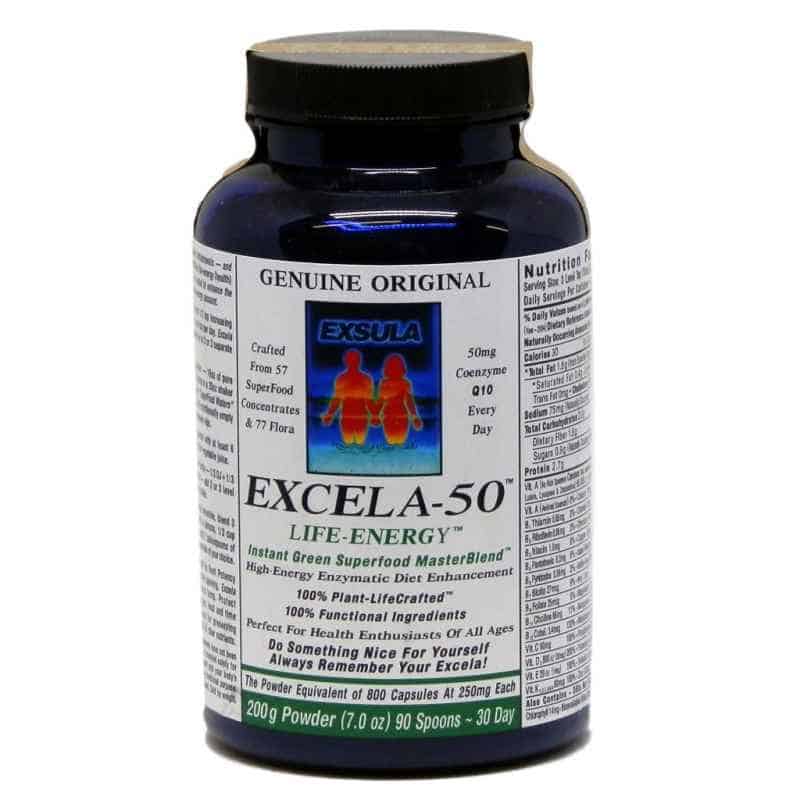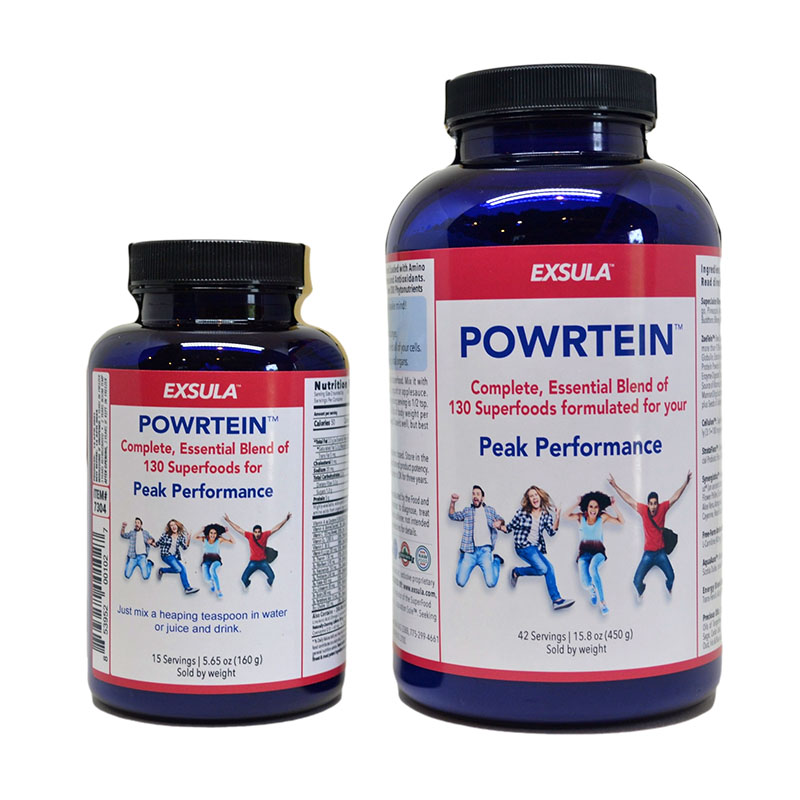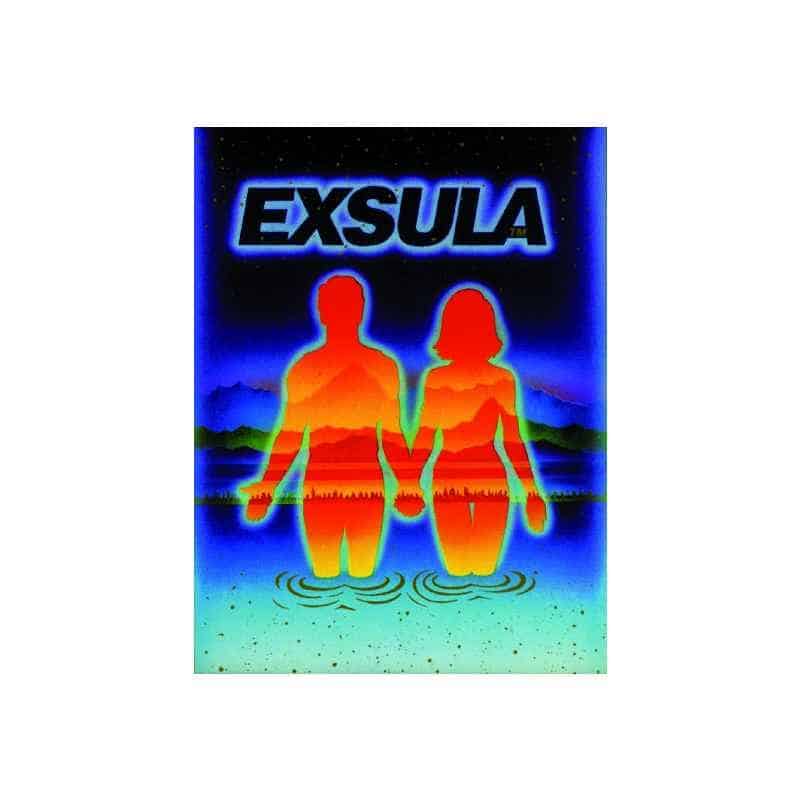No products in the cart.
Natural vs. Synthetic Supplements
Who is not more conscious of their health today than they were ten years ago? You probably watch what you eat, know too well that you should exercise more, and most likely take some vitamin supplements. They’re everywhere these days and can be had fairly cheap at your local grocery store. And many foods in the grocery store are enriched with vitamins, so we should be “healthy as a horse”, right? If we are taking such great care of our health, why are degenerative diseases on the rise and fertility rates declining? The vitamin phenomenon started early in the 20th century when scientists found ways to duplicate in a laboratory vitamins that are found in food. Most vitamins can now be synthesized from substances as simple as corn syrup or coal tar.
The synthesized duplicates differ from natural vitamins in two essential ways.
Molecular Polarity – man made substances come out usually as a “mirror image” of the original molecule, clockwise or D- instead of L-. Dr. Royal Lee, founder of Standard Process, discovered this mirror image attribute of vitamins while studying light refraction in the 1930’s. While this may seem like a minor issue, it is not. The man-made substance becomes a toxic burden to be excreted rather than a health supporting nutrient.
Natural Complex – each vitamin occurring in nature comes in a complex form easily assimilable by the human body, not in its chemical equivalent isolate. Example: vitamin C is naturally occurring in citrus fruits, acerola cherries, rose hips and other fruits and vegetables. It comes in a complex containing vitamin P factors such as bioflavonoids and rutin, vitamin K, vitamin J, various enzymes and coenzymes plus a small amount of ascorbic acid, the main antioxidant of the complex. Scientists rate Vitamin C according to the amount of ascorbic acid it contains. Ascorbic acid is not vitamin C, ascorbic acid is ascorbic acid, a fraction of the natural vitamin C complex. The bottom line is that naturally complexed vitamins are more effective than synthetically produced copies.
In a study conducted by Dr. Victor Herbert, professor of medicine at the Mount Sinai School of Medicine in New York, and published in The New York Times, it was found that rather than reduce free radicals which lead to cell damage, synthetic C supplements promoted free radical generation. “The vitamin C supplements mobilizes harmless ferric iron stored in the body and converts it to harmful ferrous iron, which induces damage to the heart and other organs. Unlike the vitamin C naturally present in foods like orange juice, ascorbic acid as a vitamin C supplement is not an antioxidant, it’s a redox agent – an antioxidant in some circumstances and a pro-oxidant in others,” said Dr. Herbert.
According to The New York Times, reporting on another study, a team of British pathologists at the University of Leicester studied 30 healthy men and women for six weeks, giving them 400 milligrams of vitamin C daily in the form of ascorbic acid. They found that at this level, vitamin C promoted damage to the DNA in these individuals.
Synthetic B vitamins have performed similarly. Writing in a Pennsylvania newspaper, a medical columnist who had been medical officer in a North Korean prisoner-of-war camp during the Korean conflict, found his fellow prisoners contracting Beriberi, a disease caused by a deficiency of Vitamin B. He obtained Thiamine Hydrochloride, a synthetic form of vitamin B, from the Red Cross, and administered it to the sickest men. No positive change was seen and the men continued to get worse. The guards suggested rice polish, a natural source of vitamin B, which he administered in small amounts.
The Beriberi symptoms abated within a week. Vitamin E is another example. The Atlanta Journal and Constitution summarized the April, 1997 Proceedings of the National Academy of Sciences with a headline proclaiming “Megadoses of E May Be Harmful, A Study Indicates.” The story discussed that individuals taking vitamin E supplements might be depleting their bodies of other forms of the vitamin that perform unique and vital chemical tasks. The author mentions that vitamin E supplements were administered in the form of alpha-tocopherol. Alpha-tocopherol is one of seven tocopherols, the antioxidants of the vitamin E complex, but it is not the active ingredient. Natural vitamin E contains seven tocopherols plus polyunsaturated fatty acids, vitamins F, A and K and forms of vitamin D and manganese.
The body is designed to utilize food in its whole form. If incomplete foods such as refined alpha-tocopherol are digested, the missing factors are borrowed from tissue reserves in order to make the partial food usable. In a Spring 1994 Finnish study published in the New England Journal of Medicine synthetic vitamin E was supplied by a major pharmaceutical company. In the study, users of the product had a statistically significant loss of protection from lung cancer, stroke and other degenerative diseases. From sterility, to reduced life span, to poorer fur in animals, to malnutrition, synthetic vitamins are being found not only unhelpful, but downright damaging.
Living beings need the whole, natural vitamin complex. This is what we were designed for, what we expect, and what we will respond to. When the body can get vitamins in the form it expects – in its entirety, including all trace minerals, enzymes and other factors – much less is required to achieve results. To determine whether vitamins are synthetic or natural, read the label. If the ingredients are listed as chemicals or individual items, the supplement is probably synthetic. If they are listed as food or natural plants, it is probably natural. If the potency is expressed in neat round numbers like 100 mg, 200 mg or 400 IU, it is probably synthetic. Nature is rarely that neat.







